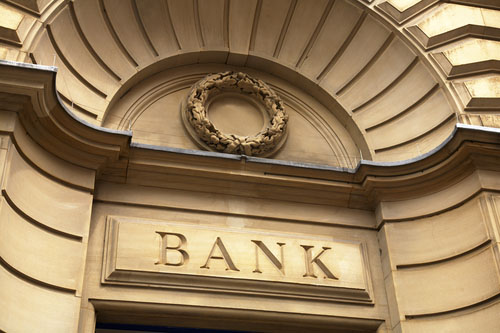Data management firm Enigma performed an analysis of filings that banks made to the federal government. The firm, which last month began a series analyzing suspicious-activity reporting by banks to the U.S. Treasury Department, said today in its latest analysis it examined the linkage between financial crime and 20 natural disasters. It found the issues go beyond mere fraud: Banks are in the middle of preventing insurance exploitation, identity theft and cyber-related crimes following disasters.
Though the idea fraud is a problem after a disaster shouldn't be a surprise, there is much to learn from the suspicious-activity data, said Angel Nguyen Swift, vice president of compliance and financial crimes solutions at Enigma, in an interview.
"It gives [compliance officers] more confidence in the work they do day-to-day investigating suspicious activity," she said, as it helps them focus and anticipate the types of financial crime they want to prevent.
Banks "can gear up operationally" depending on the type of crime spike they expect to face, said Ms. Swift.
In the aftermath of Superstorm Sandy in New York in 2012, for example, there was a massive spike of cyber-related suspicious activity reports, Enigma found. Ms. Swift said the issue came up across several natural disasters when criminals play off the sympathies of well-meaning people seeking to help relief efforts.
"The internet is the best way to transform people's sympathy into money," she said.
U.S. authorities have been on the trail of natural disaster-related financial crime for more than a decade, with the Justice Department establishing an office focused on it in the aftermath of Hurricane Katrina in New Orleans in 2005. In October, Treasury's Financial Crimes Enforcement Network, or FinCEN, issued an advisory to financial institutions telling them to be aware of potential disaster-relief fraud.
"While there are many indicators of general fraud, financial institutions should pay particular attention to benefits fraud, charities fraud, and cyber-related fraud," stated the advisory.
Enigma's analysis of suspicious activity reports filed by financial institutions in the wake of Hurricane Sandy, a 2015 Texas flood, a 2014 Washington state mudslide and other disasters, bears out the warning from FinCEN. As such, the advisory "need not be new information," Enigma found.
Nevertheless, Ms. Swift said using the publicly available data from FinCEN can help financial institutions better monitor and identify suspicious activity.
"You can't anticipate a natural disaster but you can anticipate what happens in the aftermath," she said.













 Hurricanes, fires, floods:as if natural disasters weren't devastating enough, the flurry of suspicious activity that banks often incur in the months after such events can be turned around for the good. A new report finds that banks can use such information to help them formulate plans to fight future crimes.
Hurricanes, fires, floods:as if natural disasters weren't devastating enough, the flurry of suspicious activity that banks often incur in the months after such events can be turned around for the good. A new report finds that banks can use such information to help them formulate plans to fight future crimes.